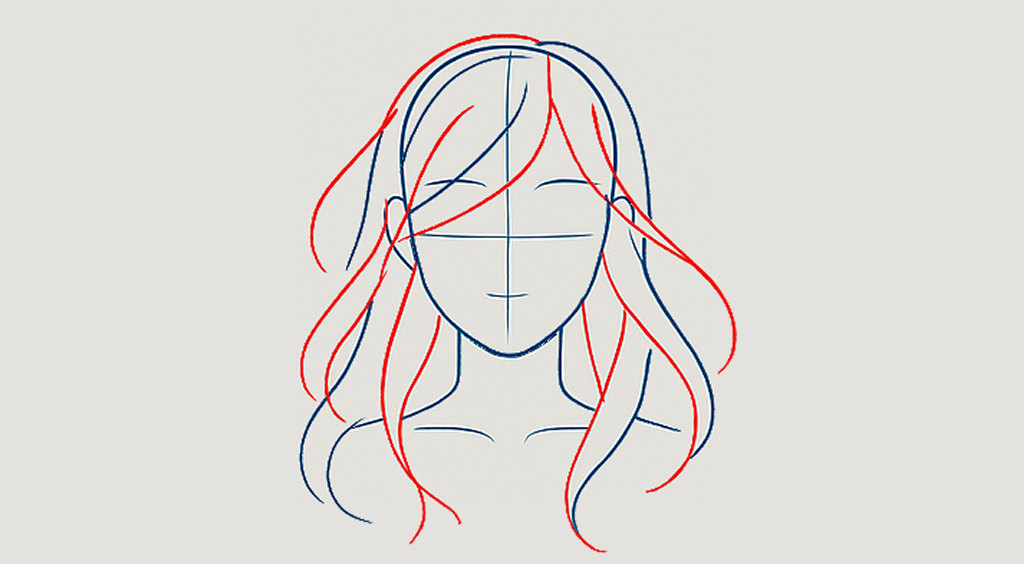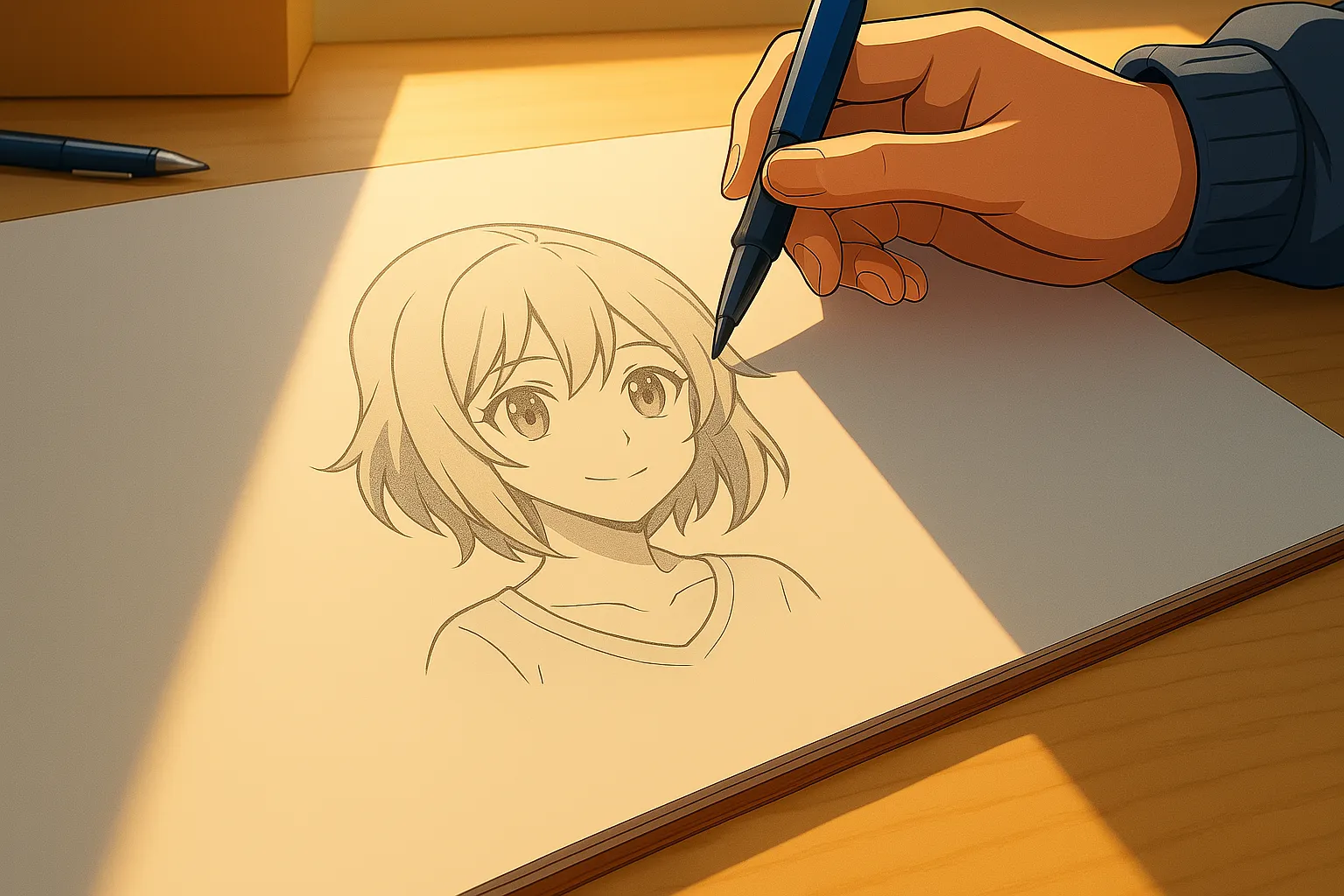Hello to all creatives and anime lovers! Today, we’ll explore a topic every independent anime artist and designer should know—anime home dubbing. In the world of anime, emotions aren’t conveyed through animation and detailed art alone. It’s the voice that breathes life into a scene, delivering true emotion and connecting deeply with the audience.
If you work on your anime projects from home and want to give them a professional touch with voice acting, this guide will teach you how to record, edit, and sync your voice to anime scenes in a simple way—no need for a professional studio.
Every anime episode you’ve watched owes part of its emotional power to sound—whether it’s sadness, joy, or excitement during action scenes. Anime home dubbing helps build that emotional bridge between your characters and the audience. That’s why recording your own voiceovers at home gives your project a pro-level feel without needing a full team or studio.
Check Out My Pinterest for All My Creative Works
Tools You Need for Anime Home Dubbing
You don’t need expensive gear—just a simple setup with affordable tools:
- A good USB microphone like the Audio-Technica AT2020 or Blue Yeti for clean sound.
- Free recording software like Audacity, or advanced ones like Adobe Audition or Reaper.
- Closed-back headphones like Audio-Technica M50X to hear subtle details clearly.
- A quiet room with basic soundproofing using blankets or foam panels to reduce noise.
- Position your mic at mouth level and use a pop filter to minimize plosives and noise.

Getting Authentic Anime-Like Voice Quality
- Do vocal warmups (humming, jaw loosening).
- Record while standing to give your voice more clarity and energy.
- Try recording multiple takes (calm, emotional, energetic) and choose the best.
- Watch anime clips from Demon Slayer or Attack on Titan and mimic the delivery to learn emotional voice control.
- Avoid breathing directly into the mic (or phone mic if that’s what you’re using).

Reading the Script Before Starting Anime Home Dubbing
Before you hit record, read the entire script multiple times. Understand the context and emotional beats of each line. You’ll need to know when the character speaks softly, when they shout, or when there’s a pause.
You can highlight key words that need emphasis or volume changes. Knowing when to slow down, speak quickly, or whisper will make your anime home dubbing feel natural and professional—just like the voice actors in Japanese anime studios.

Adding Sound Effects and Music to Anime Home Dubbing
Voiceovers aren’t complete without SFX and music:
- Clean your audio using Audacity or Audition.
- Add sound effects like footsteps, wind, or magic using sites like Freesound.org.
- Choose anime-style background music from YouTube’s free library that matches the tone.
- Balance your audio levels so your voice is clearly heard above the music.

Practical Tips During Anime Home Dubbing
- Record in short sessions to avoid vocal fatigue.
- Organize your project with separate layers: voice, SFX, music.
- Take short breaks and stay hydrated to protect your voice.
- Create a folder with favorite anime clips for inspiration.
- Listen to anime intros like One Piece or My Hero Academia while working for motivation.

To wrap up, anime home dubbing is an exciting and rewarding experience for any independent anime artist. Many people now work as anime and cartoon dubbers from home. With the right tools, you can create full anime scenes with your own voice—adding life and professionalism to your project without breaking the bank.
Start small, keep practicing, and don’t be afraid to experiment. Over time, you’ll realize that your voice and creativity can make a huge difference in connecting with fans—just like many other creators in this space. I hope you found these tips helpful, and I’ll see you again soon in another lesson.










Leave a Reply